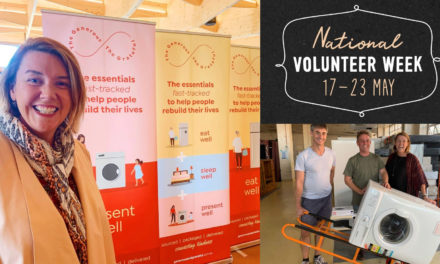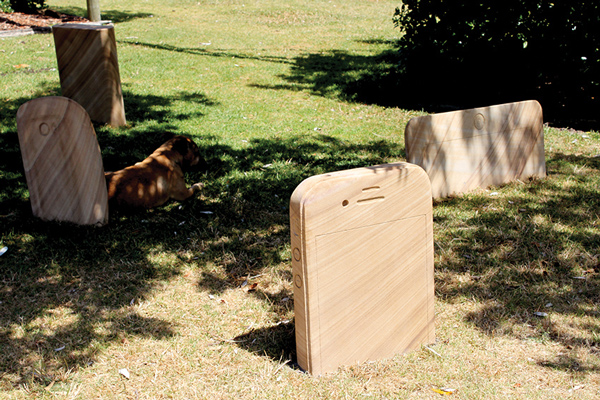Car safety regulations sure have changed over the years. What once was acceptable would now be considered dangerous and irresponsible, as new research on car safety continues to emerge. Currently, parents are being encouraged to keep their kids in car seats even beyond the legal age of seven years. Stephanie Stefanovic reports.
New research commissioned by Slater and Gordon has shown that almost one-in-five parents (18 per cent) would keep their child in a car booster seat beyond the legal age of seven years.
The research also shows that mothers (20 per cent) were more likely than fathers (17 per cent) to use booster seats beyond the legal age.
With motor vehicle crashes being one of the leading causes of child death and acquired disability, experts are suggesting that keeping kids strapped in for longer is a good idea.
“Up to 80 children are killed and thousands more injured in road crashes each year, and research shows a child in a car restraint is less likely to be harmed than one who is not,” says motor vehicle accident lawyer Genevieve Henderson.
“Over the years, I’ve talked to many parents who look forward to the day their child reaches the age of seven when they can legally take them out of a seat restraint.
“Some say their child has outgrown any available booster seat; others say they want to free up some space on their backseat; and some parents are keen for their little one to grow up and sit like an adult.
“But one thing to remember is that the law sets out a minimum requirement only. That means there’s no reason why you can’t keep them in their restraints for longer, if they still fit that is.”
Ms Henderson says that it’s not just about the child’s age or convenience for the parent, but rather about the child’s body size.
She advises parents to make sure that if a child is sitting in adult seat, they should be tall enough to sit against the back of the vehicle seat with their knees bent. The shoulder belt should also lie across the middle of their chest, and the lap belt should be low across their hips and pelvis.
“Any restraint is better than better than not using a restraint at all, so I encourage parents to take their time before removing those car seats and help keep their most precious cargo safe,” says Ms Henderson.












